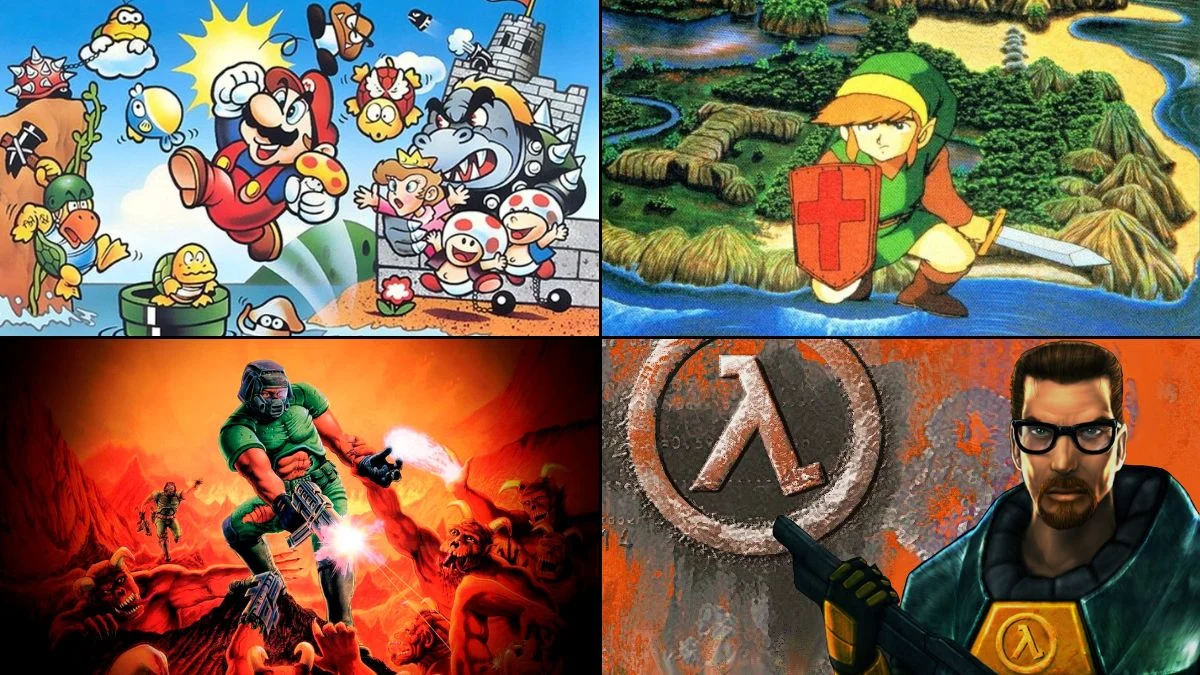
These classic games – whether you experienced them in arcades or at home – were incredibly influential. They pioneered gameplay features that defined entire genres, drove console sales, and brought the arcade experience into our homes. If you still remember their iconic sounds, you’re a true retro gaming enthusiast! Let’s revisit these titles and see how many you recognize.
‘Pong’
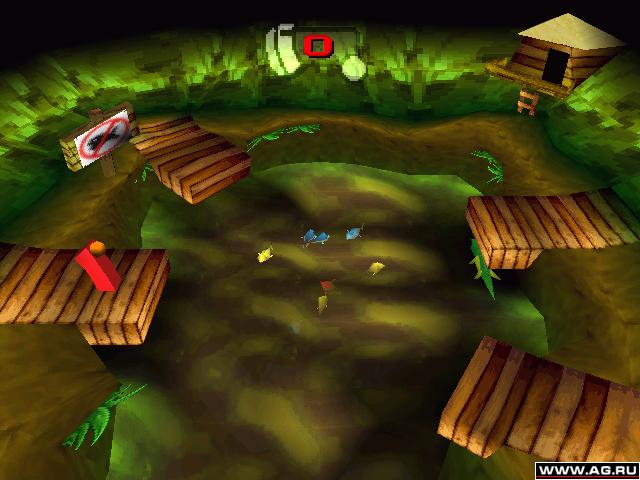
Atari’s ‘Pong,’ released in 1972, was one of the first popular arcade video games. It simulated table tennis with simple graphics – two paddles hitting a square ball. ‘Pong’ helped launch the commercial video game industry and made arcades a popular attraction. Its easy-to-use controls and clean design made it accessible to everyone, and later home versions boosted the sales of early video game consoles.
‘Space Invaders’
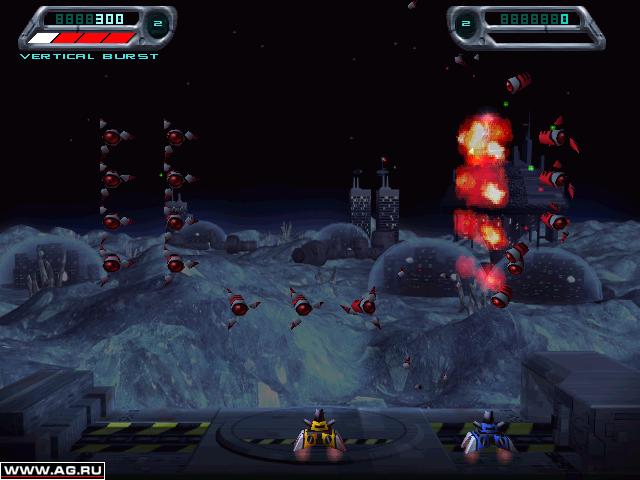
Released in 1978, Taito’s ‘Space Invaders’ was a groundbreaking shooter where players defended against descending waves of aliens. The game became more challenging as enemies were destroyed, increasing the speed of their attack. It quickly became a massive arcade hit, leading to a surge in related products and merchandise. The game’s unique and escalating sound effects were particularly effective at building tension, and became a source of inspiration for game designers for years to come.
‘Pac-Man’
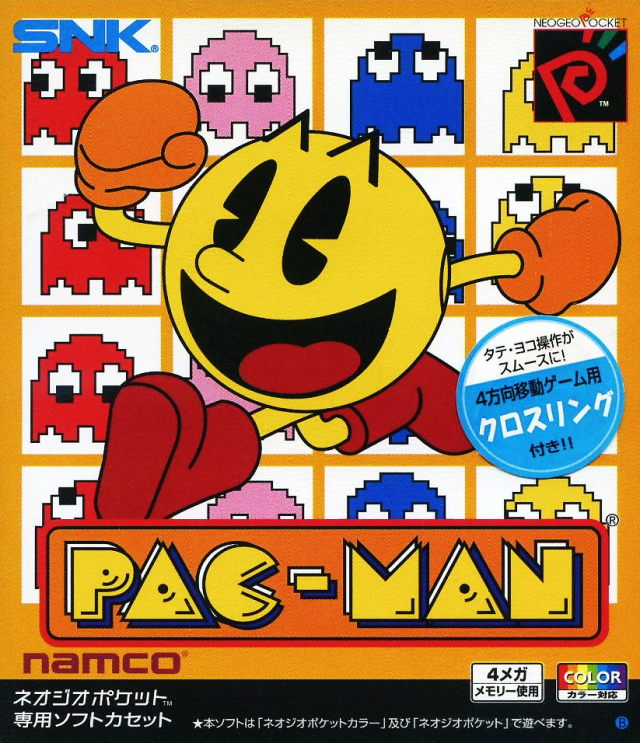
Pac-Man, released by Namco in 1980, quickly became popular with its simple but addictive gameplay: navigating a maze and eating pellets. Each colorful ghost moved in a unique way, allowing skilled players to learn their patterns and avoid them. The game’s appealing characters fueled a massive marketing campaign, appearing on everything from toys and cereal to music. Dedicated players discovered optimal strategies, turning skillful gameplay into a captivating spectacle.
‘Donkey Kong’
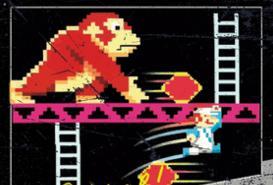
Released by Nintendo in 1981, ‘Donkey Kong’ first introduced the character Jumpman – who would later become famous as Mario. The game challenged players to navigate stacked platforms filled with obstacles like rolling barrels and precisely timed jumps. It also included brief story segments between levels, which was innovative for the time. Even today, players continue to compete for world records in ‘Donkey Kong’.
‘Super Mario Bros.’
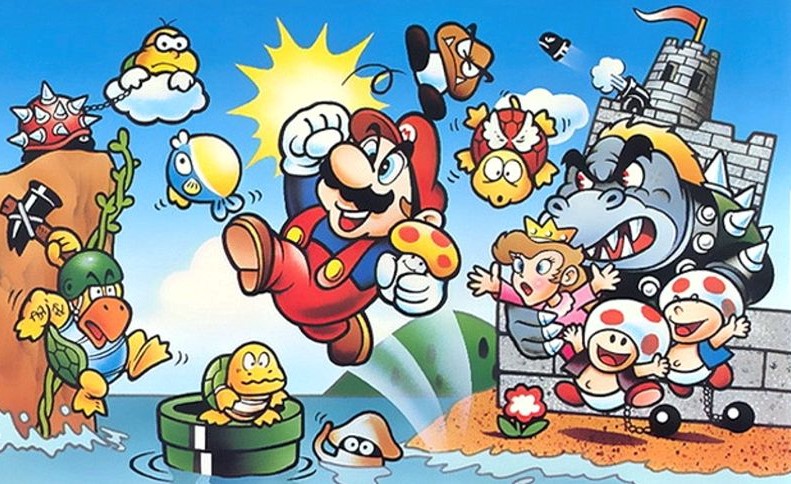
‘Super Mario Bros.’, released by Nintendo in 1985, essentially created the modern side-scrolling platformer. It encouraged players to explore by hiding secrets and offering shortcuts, and cleverly taught them how to play simply through the game itself, without needing instructions. Importantly, the game also played a key role in bringing the home video game console market back to life after a slump in the early 1980s.
‘Tetris’
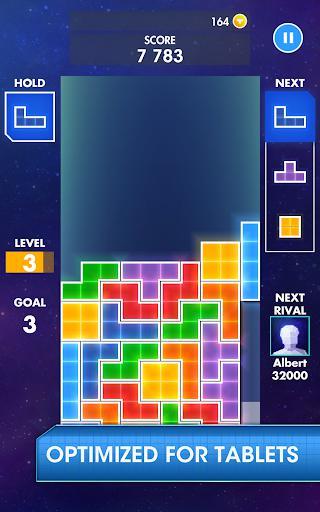
Man, ‘Tetris’ is a classic! Created way back in 1984 by Alexey Pajitnov, it basically took these falling blocks – tetrominoes, they called ’em – and turned it into this endlessly addictive puzzle. The faster you cleared lines, the quicker the blocks fell, so you had to think fast and visualize where everything would go. It was huge for handheld consoles, honestly – everyone had a Game Boy just to play ‘Tetris’! And that music? Instantly recognizable. It really set the stage for competitive high-score runs and marathon sessions, which are still popular today.
‘The Legend of Zelda’
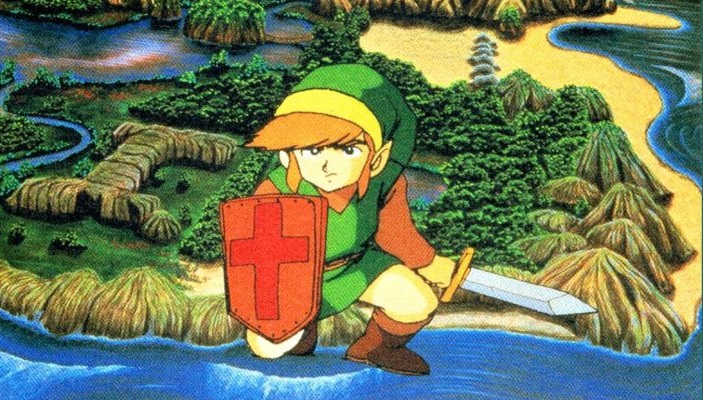
Released in 1986, ‘The Legend of Zelda’ for Nintendo featured a large, explorable world, dungeons that required keys to unlock, and a system where players improved by finding new items. The game saved progress using a battery, allowing players to continue their lengthy adventures. Discovering hidden secrets – like those behind bushes you could burn or walls you could bomb – encouraged exploration. Its unique, open design went on to inspire many other action-adventure games.
‘Metroid’
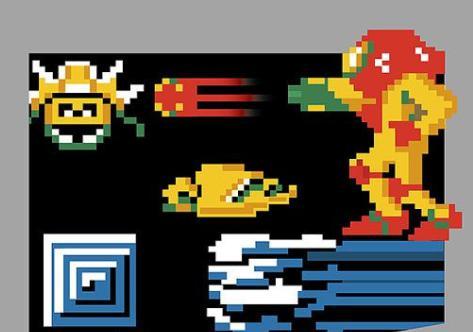
Released in 1986, ‘Metroid’ combined action-platforming with a unique, interconnected map that expanded as players gained new abilities. The game created a distinct atmosphere through minimal music and relied on the environment to tell its story. Players could save their progress using passwords, encouraging extended exploration. This core gameplay loop of gaining upgrades and accessing new areas became a defining feature of the metroidvania genre.
‘Mega Man 2’
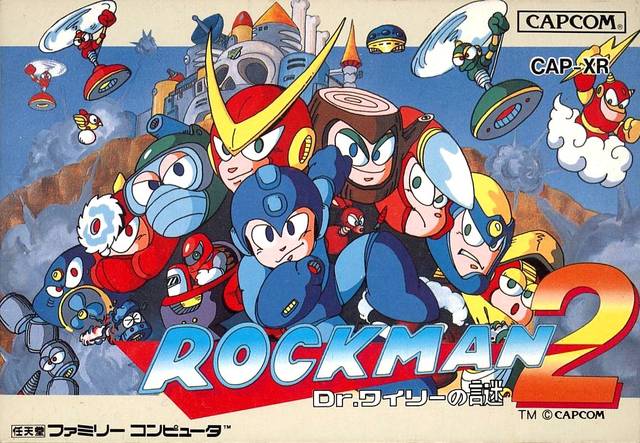
Released in 1988, ‘Mega Man 2’ improved on the original by letting players strategically choose which bosses to fight and in what order, with each boss having a weakness to a specific weapon. Players could also select which levels to play through, offering a non-linear experience. Success required careful energy management and skillful jumping and movement. The final stages, set in Dr. Wily’s fortress, provided a challenging conclusion to the game.
‘Sonic the Hedgehog’
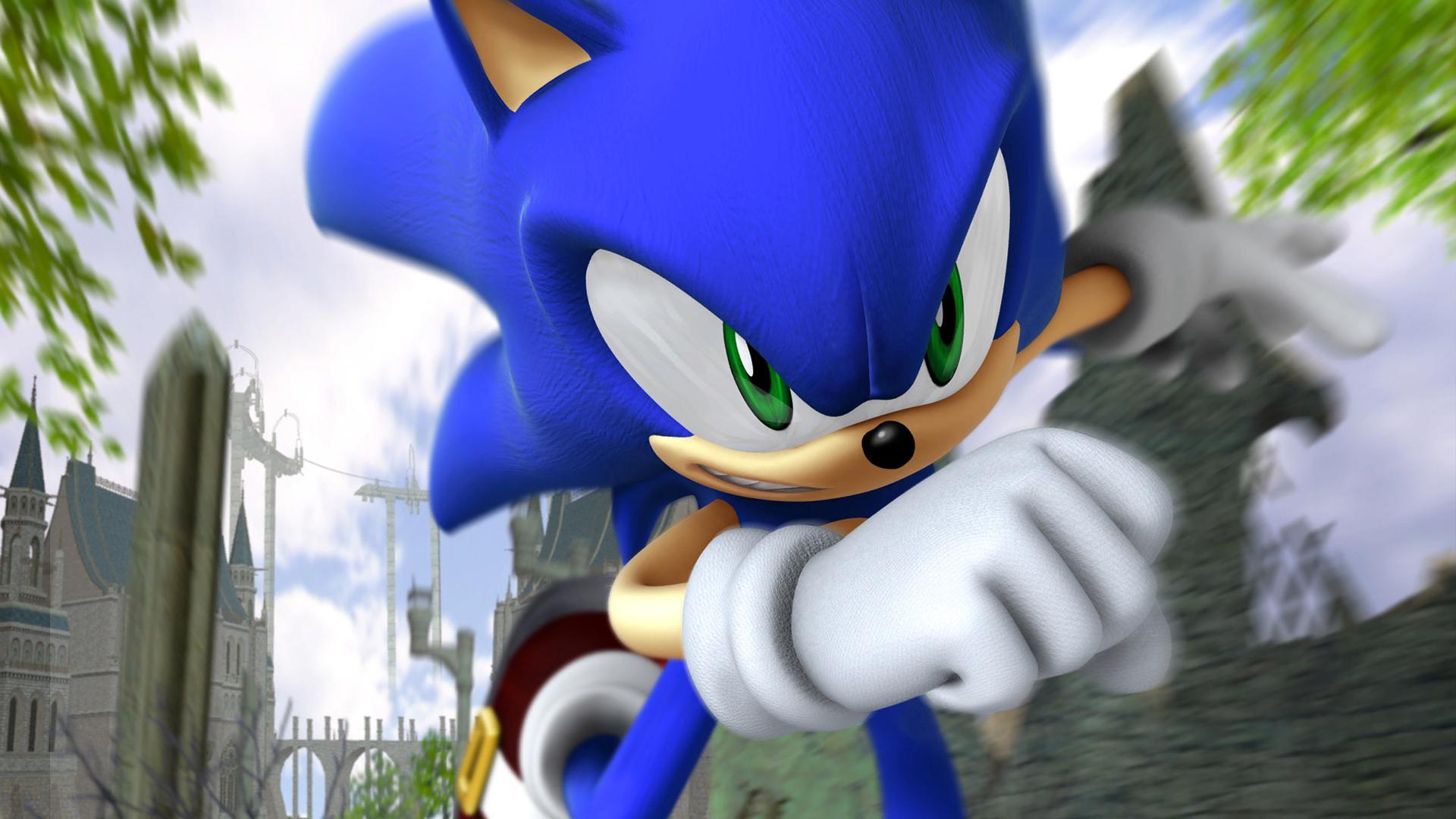
In 1991, Sega launched ‘Sonic the Hedgehog’ for the Genesis console to highlight its fast-paced gameplay. Unlike other platform games of the time, Sonic featured a unique sense of speed and momentum, with levels full of loops and curves. The popular blue character played a key role in boosting console sales during the competitive ‘console wars.’ The game used rings as both a way to protect the player and as points to collect.
‘Street Fighter II’
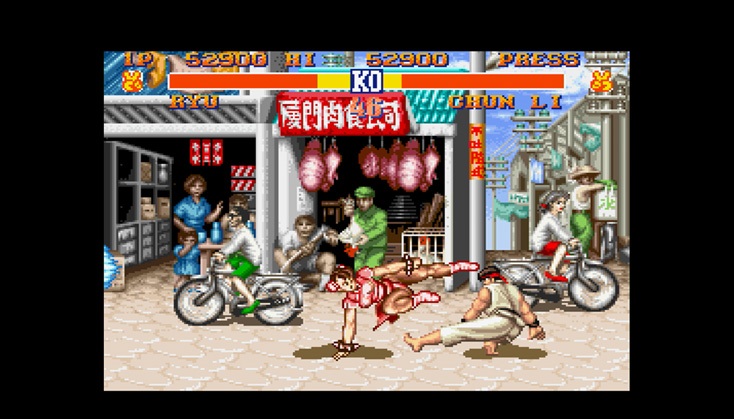
Released in 1991, Capcom’s ‘Street Fighter II’ really set the standard for fighting games with its six-button controls and special moves. The game featured a diverse cast of characters, each with their own unique abilities, which encouraged players to learn how to counter different opponents. Arcades became hubs for competitive play and tournaments. Later, home console versions brought the excitement of fighting games into people’s homes, selling millions of copies.
‘Mortal Kombat’
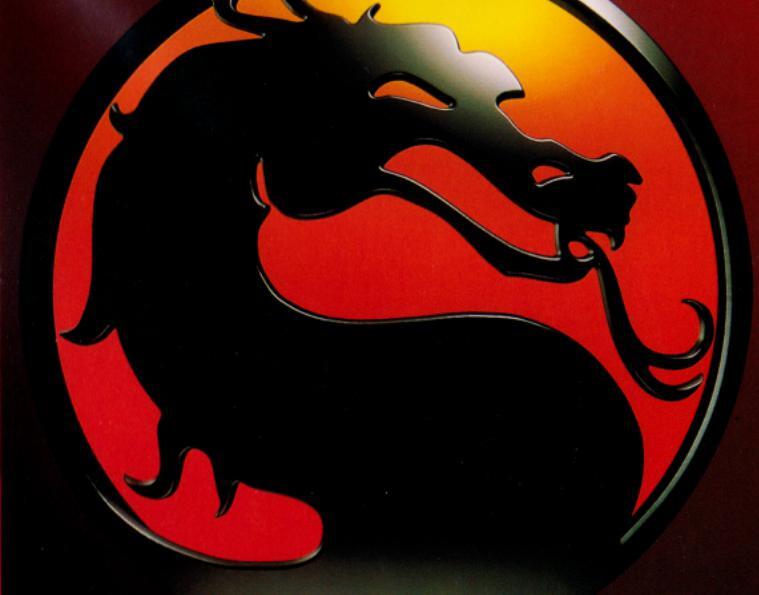
The 1992 arcade game ‘Mortal Kombat’ was groundbreaking for its use of real actors and its over-the-top finishing moves, which sparked a lot of discussion about video game ratings. It felt different from other fighting games thanks to features like a block button and the ability to run. The game’s controversial content actually helped lead to the creation of the ESRB rating system in North America. Players also loved discovering secret characters and learning special moves, which became popular topics on the playground.
‘Doom’
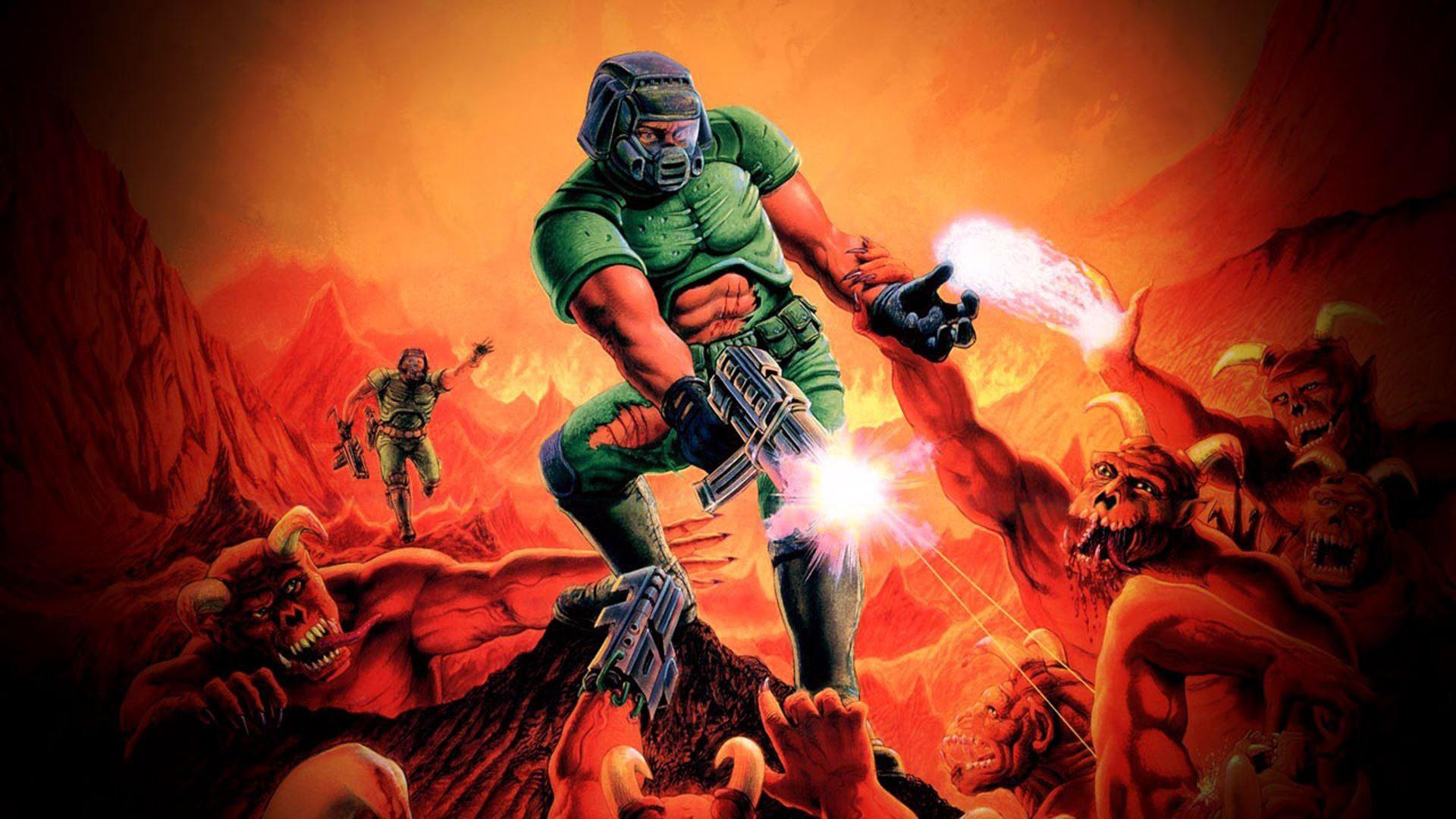
Released in 1993, ‘Doom’ by id Software revolutionized PC gaming with its fast-paced, first-person shooting and groundbreaking online deathmatch. The game’s initial episode was widely distributed as shareware, quickly attracting a huge player base. ‘Doom’ also allowed players to create and share their own modifications and levels, fostering a vibrant community. The game’s powerful engine went on to influence countless other shooting games and game development tools.
‘Myst’
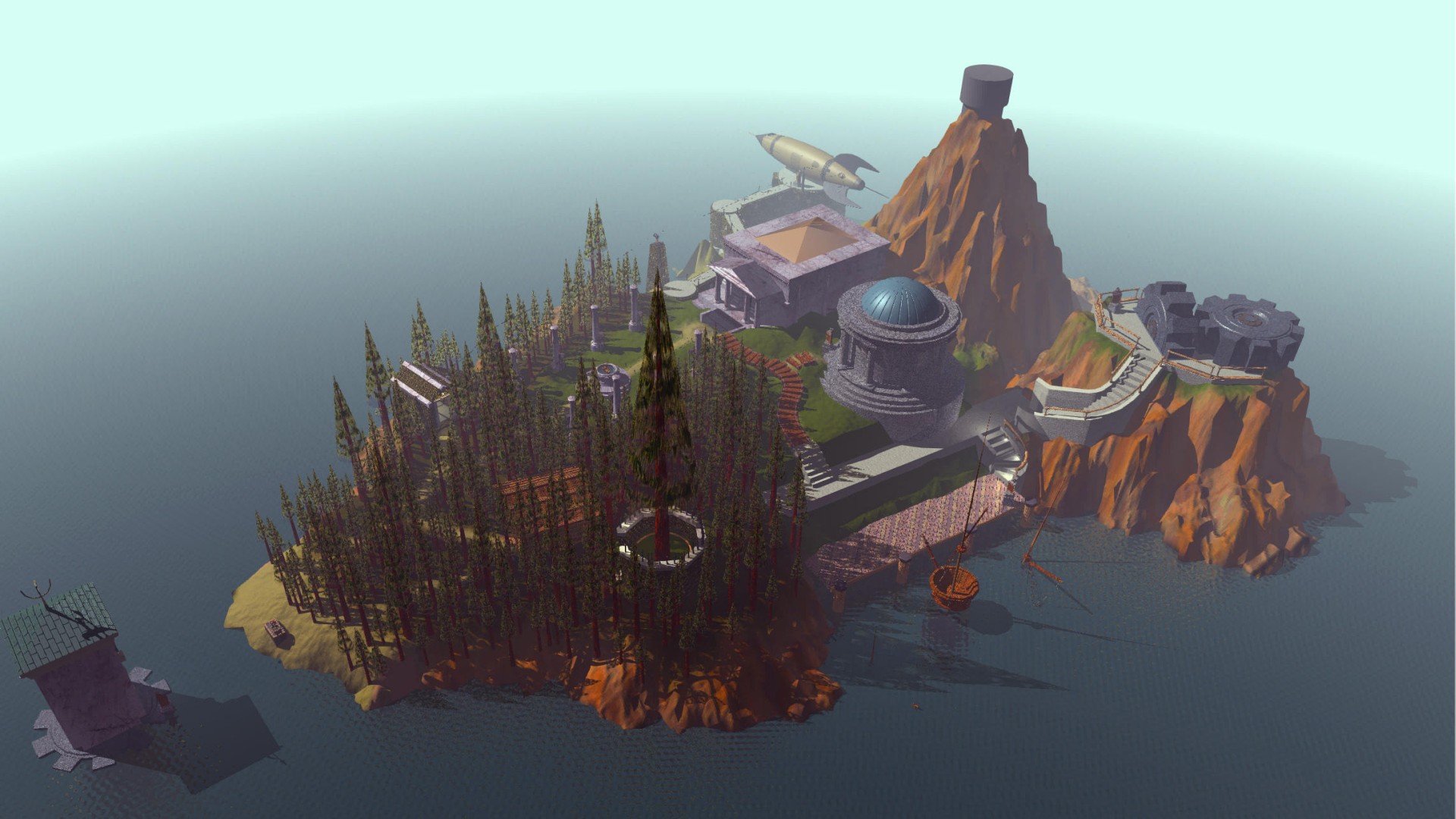
I still remember when I first played ‘Myst’ back in ’93! It was unlike anything else – these beautiful, still scenes on a CD-ROM that really pulled you into this mysterious world. You explored different islands, and everything felt connected through the environment. It wasn’t about fast action, it was about really looking and taking notes! It became a huge hit, and I think it’s what finally got a lot of people to buy CD-ROM drives for their computers. And it didn’t stop there – the amazing music and the story told through that linking book led to sequels and even novels, which I totally devoured!
‘Pokémon Red and Blue’
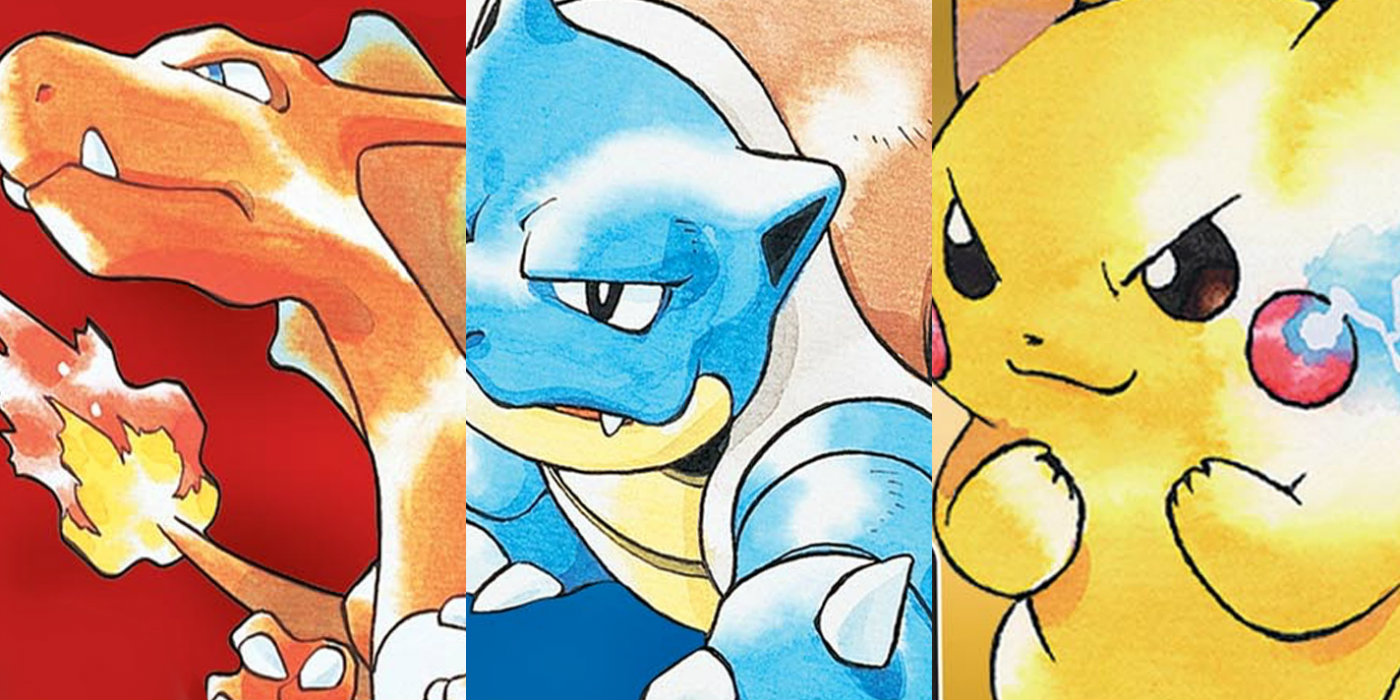
Released in 1996, Pokémon Red and Blue by Game Freak featured turn-based battles and the goal of collecting all 151 different Pokémon. Players could trade Pokémon with friends using a link cable, encouraging social interaction and offering unique Pokémon only available in each game version. The game progressed through gym battles, culminating in a challenge against an elite group and a final showdown with a rival. This launch sparked a massive franchise that expanded into trading cards, animated series, and movies.
‘Final Fantasy VII’
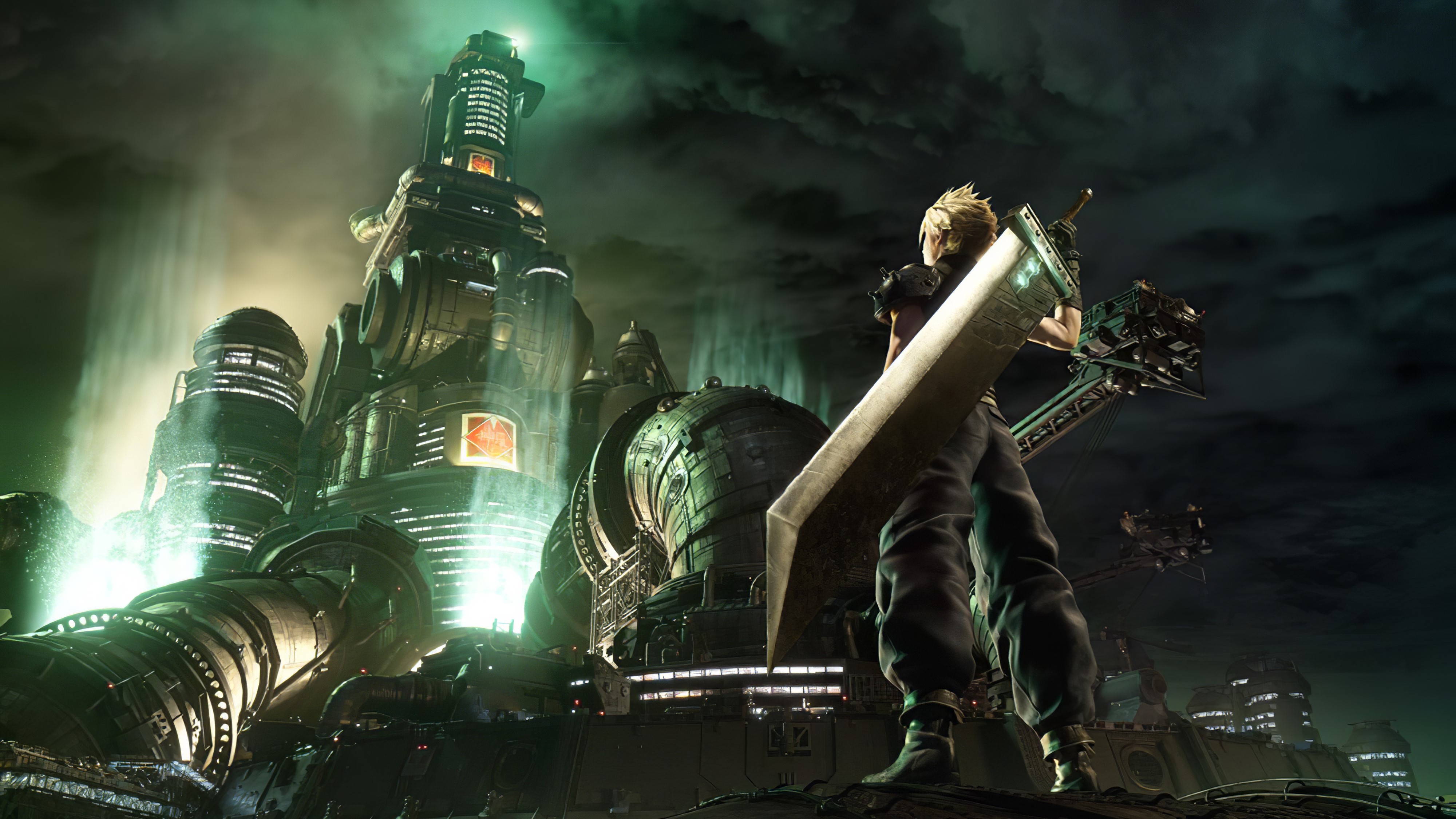
Released in 1997, ‘Final Fantasy VII’ revolutionized the series by transitioning to 3D graphics and featuring movie-like cutscenes spread across multiple discs. A unique ‘Materia’ system allowed players to customize spells and abilities for their entire team. The game really tested the limits of the PlayStation console with its detailed backgrounds and full-motion video sequences. Its worldwide popularity paved the way for more ambitious role-playing games to be developed and enjoyed beyond Japan.
‘GoldenEye 007’
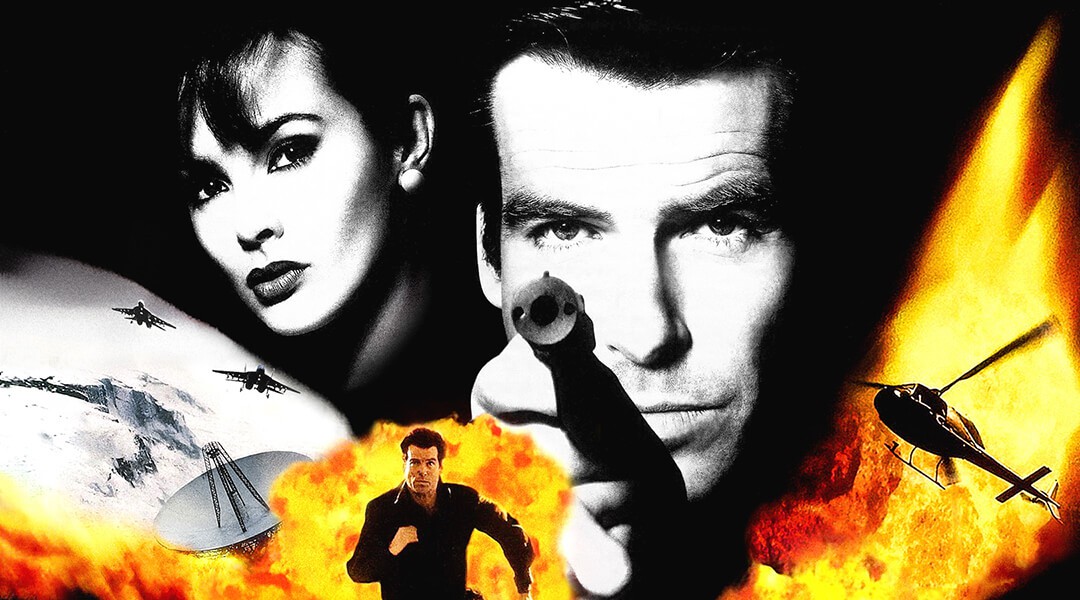
Rare’s ‘GoldenEye 007’ for Nintendo 64, released in 1997, was a groundbreaking game that successfully adapted a movie into a fantastic console shooter. Instead of just rushing through levels, players had varied objectives to complete. Its four-player split-screen mode made it incredibly popular for parties, and you could even customize the game settings. The enemies were surprisingly intelligent, and the game included innovative stealth features for its time.
‘Half-Life’
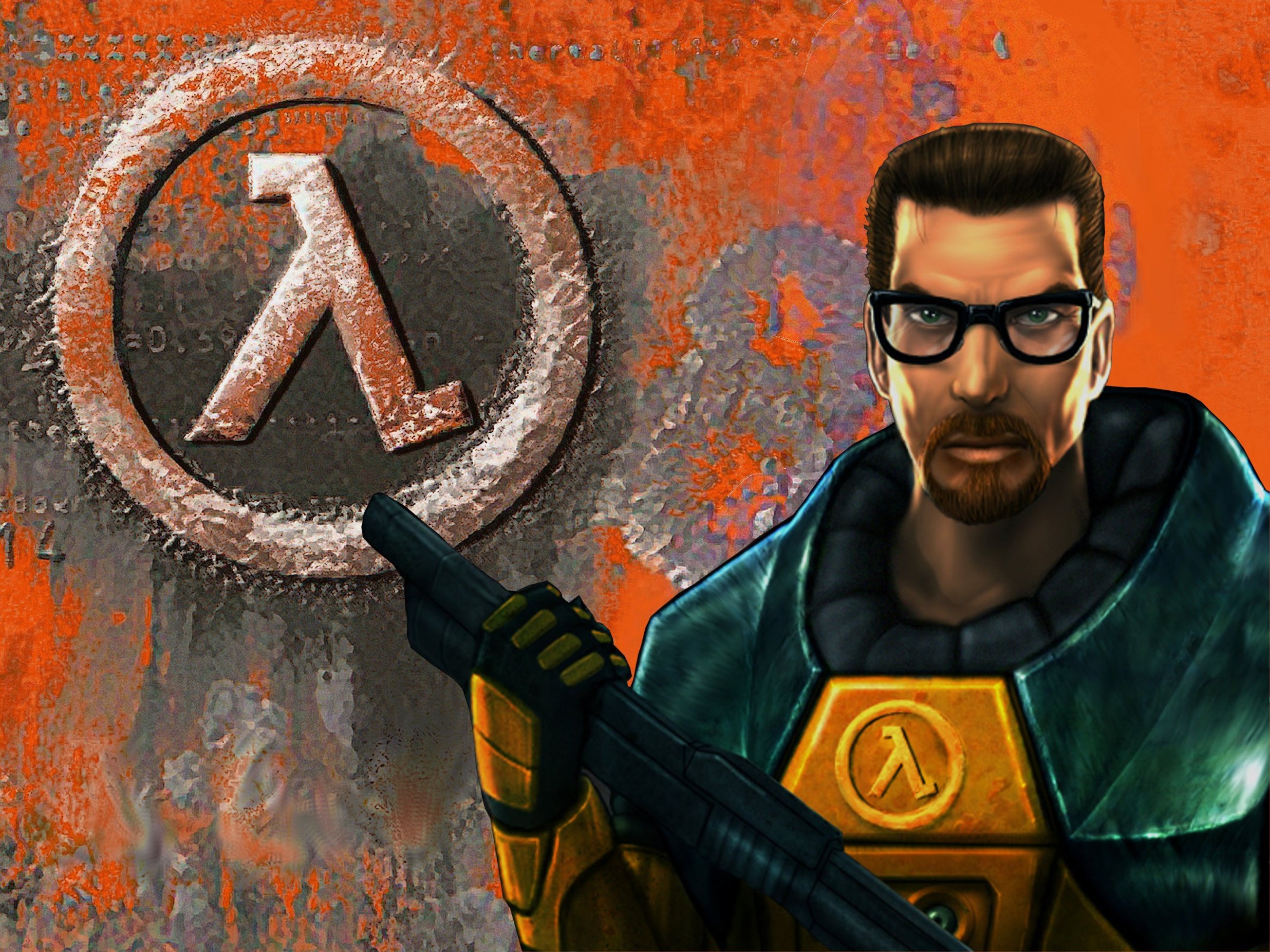
Released in 1998, ‘Half-Life’ revolutionized gaming by seamlessly weaving its story into the action, avoiding distracting cutscenes. Clever use of scripting and artificial intelligence made enemy encounters feel unpredictable and realistic. The game also allowed players to create modifications, leading to the development of popular standalone titles like ‘Counter-Strike’. ‘Half-Life’ maintained a strong sense of immersion by connecting levels with continuous, unbroken environments.
‘The Sims’
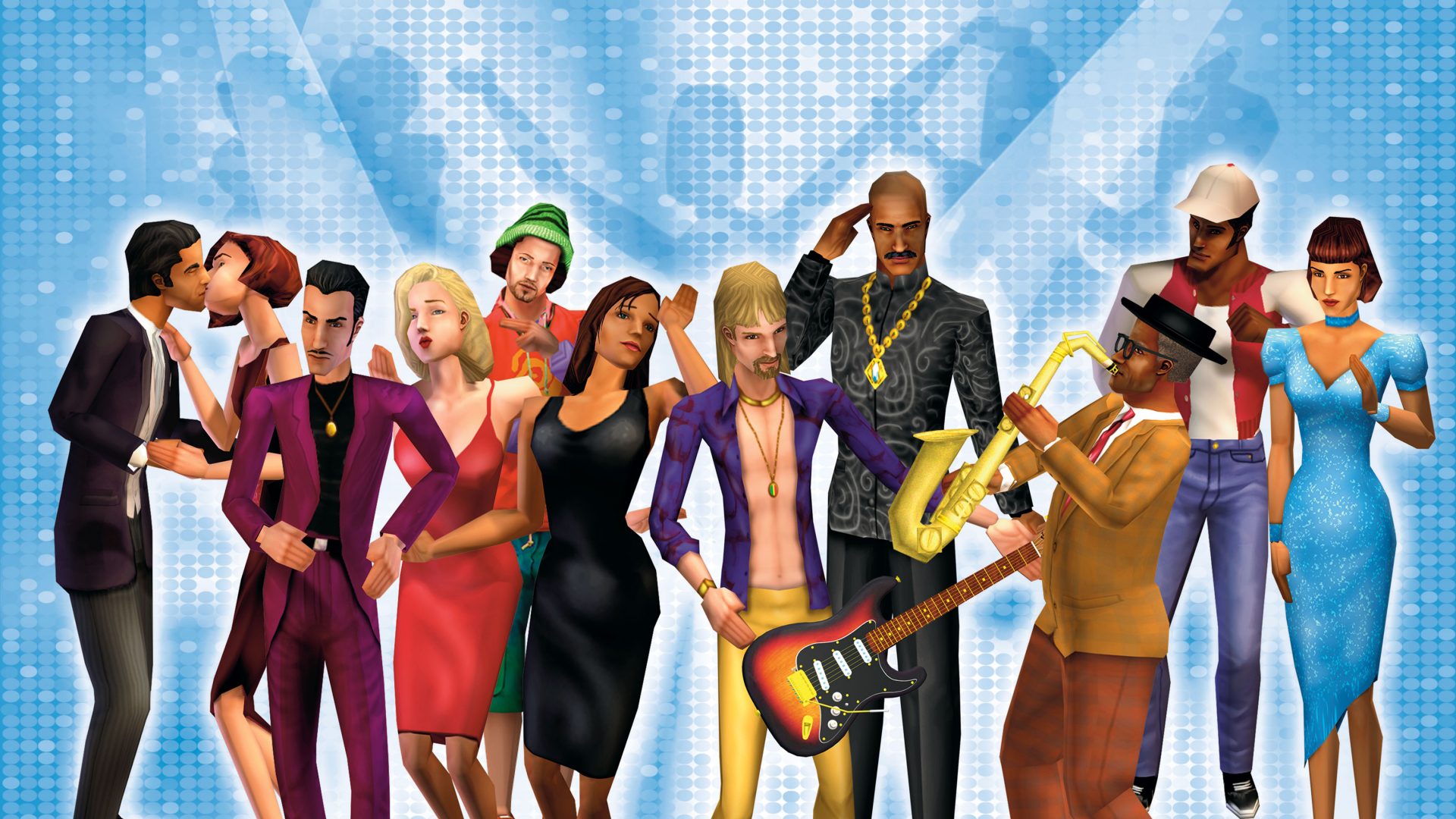
In 2000, Maxis launched ‘The Sims,’ a game where players simulate life with no set objectives. You control your Sims’ basic needs, careers, and relationships, and can design and build their houses. Numerous expansion packs added more content, like new objects, jobs, and ways to interact with others. The game’s open and creative nature attracted a wide range of players, even those who don’t usually play life simulation games.
‘Halo: Combat Evolved’
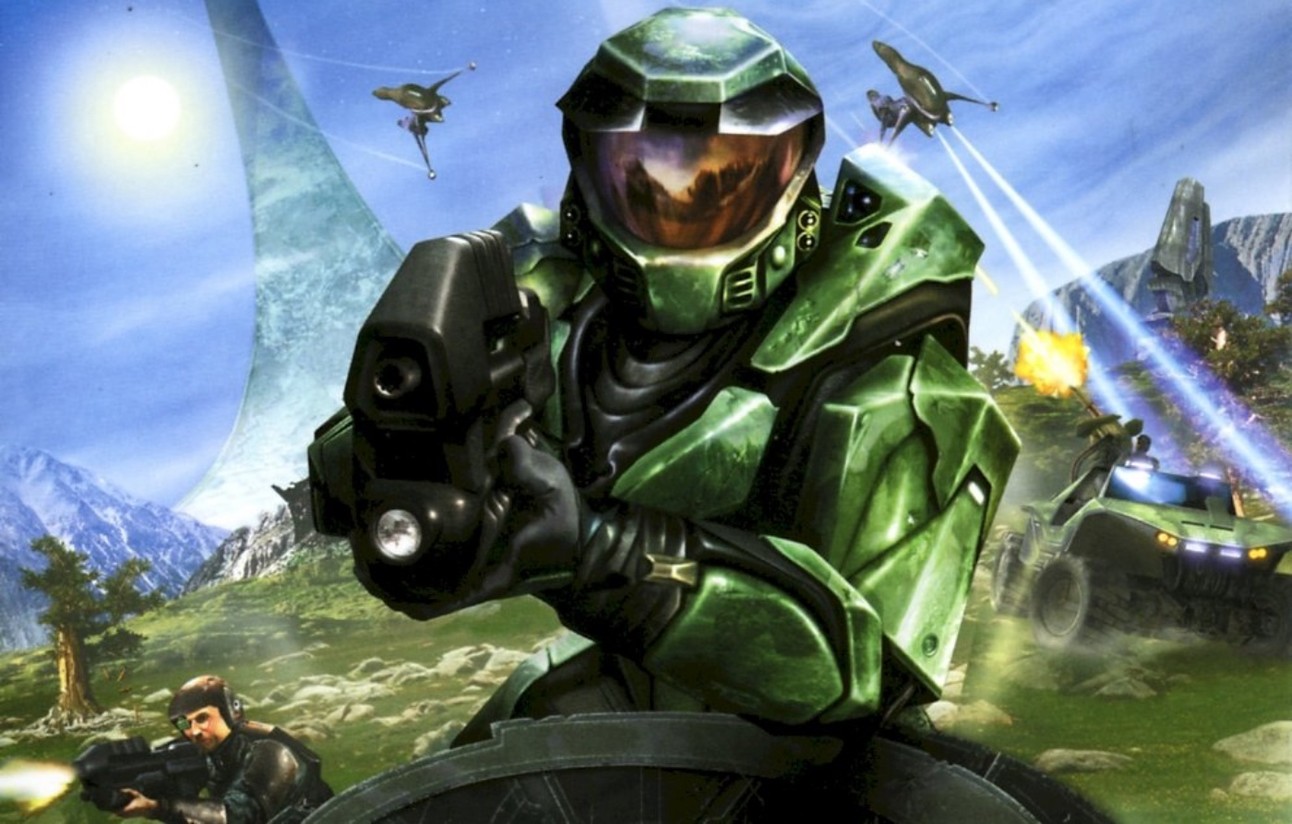
Released with the original Xbox in 2001, ‘Halo: Combat Evolved’ by Bungie essentially created the standard for first-person shooter games on consoles. Its innovative features, like limiting players to two weapons at a time, recharging shields, and intelligent enemy AI, shaped how combat felt. The game also prioritized social interaction with both a cooperative campaign mode and support for local area network (LAN) multiplayer. Its control system became the blueprint for many other shooter games designed for controllers.
Tell us in the comments which classic songs or memories you remember best, and which one you just can’t get out of your head!
Read More
- Fed’s Rate Stasis and Crypto’s Unseen Dance
- Silver Rate Forecast
- Красный Октябрь акции прогноз. Цена KROT
- Ridley Scott Reveals He Turned Down $20 Million to Direct TERMINATOR 3
- Blake Lively-Justin Baldoni’s Deposition Postponed to THIS Date Amid Ongoing Legal Battle, Here’s Why
- The VIX Drop: A Contrarian’s Guide to Market Myths
- MSCI’s Digital Asset Dilemma: A Tech Wrench in the Works!
- Bitcoin’s Ballet: Will the Bull Pirouette or Stumble? 💃🐂
- ETH to the Moon? 🚀 Or Just a Bubble?
- Northside Capital’s Great EOG Fire Sale: $6.1M Goes Poof!
2025-10-26 21:18